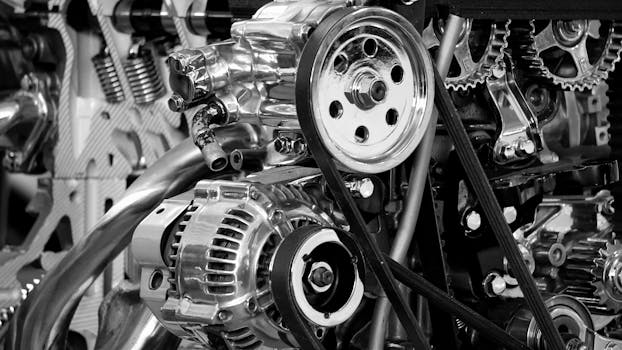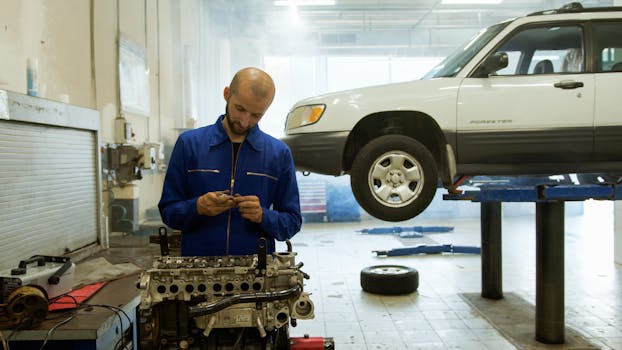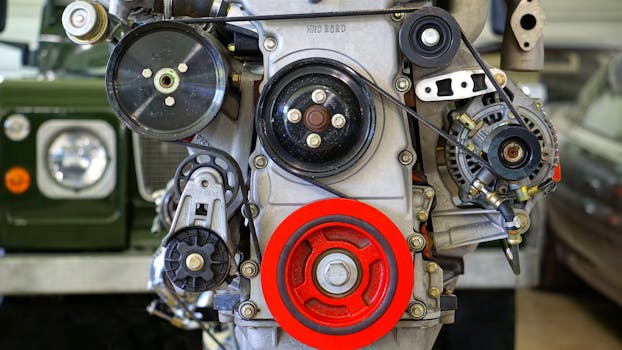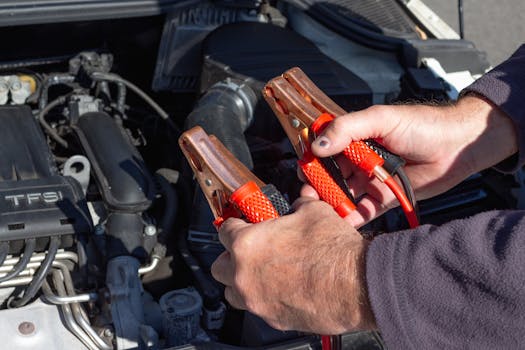
Common Car Issues and How to Diagnose Them Effectively – WordPress
Common car issues and how to diagnose them effectively is a crucial topic for car owners who want to save time and money on car repairs. Common car issues and how to diagnose them effectively can be a daunting task, but with the right knowledge and tools, you can identify and fix problems before they become major issues.
Section 1: Introduction to Common Car Issues

There are many common car issues that can occur, ranging from simple problems like a dead battery or faulty headlight to more complex issues like engine failure or transmission problems. In this article, we will discuss some of the most common car issues and provide tips on how to diagnose them effectively.
1.1 Dead Battery
A dead battery is one of the most common car issues. It can be caused by a variety of factors, including leaving the headlights on, a faulty alternator, or a worn-out battery. To diagnose a dead battery, you can use a multimeter to check the voltage of the battery. If the voltage is below 12.4V, the battery is likely dead.
1.2 Faulty Headlight

A faulty headlight can be a safety hazard, especially when driving at night. To diagnose a faulty headlight, you can check the bulb, socket, and wiring for any damage or wear. You can also use a circuit tester to check for any electrical issues.
Section 2: Advanced Car Issues and Diagnosis

In addition to simple car issues, there are also more complex problems that can occur, such as engine failure or transmission problems. These issues can be more difficult to diagnose and may require specialized tools and expertise.
2.1 Engine Failure

Engine failure can be caused by a variety of factors, including low oil levels, faulty spark plugs, or a worn-out timing belt. To diagnose engine failure, you can use a compression test to check the engine’s compression. You can also use a leak-down test to check for any leaks in the engine.
2.2 Transmission Problems

Transmission problems can be caused by a variety of factors, including low transmission fluid levels, faulty solenoids, or a worn-out clutch. To diagnose transmission problems, you can use a transmission fluid test to check the fluid’s condition. You can also use a scan tool to check for any trouble codes in the transmission control module.
Section 3: Tips for Effective Car Diagnosis

Effective car diagnosis requires a combination of knowledge, tools, and experience. Here are some tips for diagnosing car issues effectively:
- Always consult the owner’s manual for troubleshooting guides and repair procedures.
- Use specialized tools, such as a multimeter or scan tool, to diagnose electrical and computer-related issues.
- Check for any trouble codes in the car’s computer system using a scan tool.
- Keep a record of any repairs or maintenance performed on the car to help identify recurring issues.
Conclusion

In conclusion, common car issues and how to diagnose them effectively is a crucial topic for car owners who want to save time and money on car repairs. By understanding the most common car issues and using the right tools and techniques, you can identify and fix problems before they become major issues. Remember to always consult the owner’s manual and use specialized tools to diagnose complex issues. With practice and experience, you can become proficient in diagnosing and repairing car issues, and keep your car running smoothly and safely.






